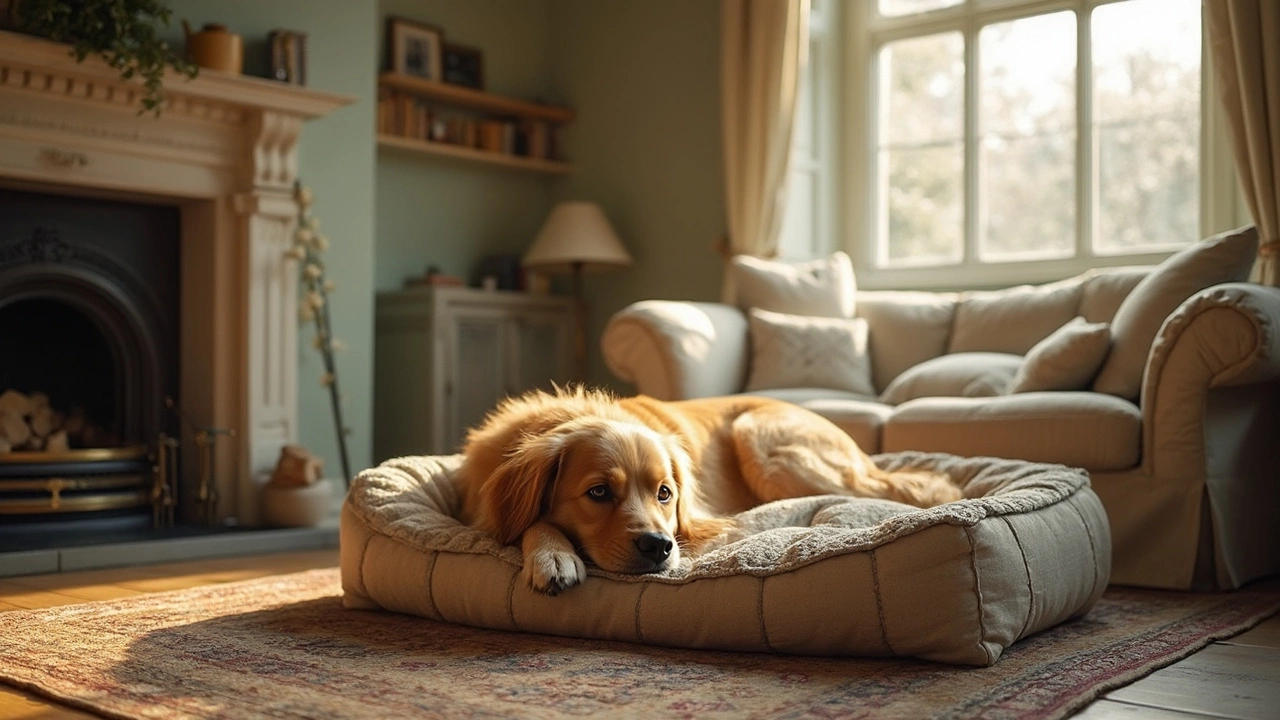Buying Guide – Simple Steps to Pick the Right Pet Products
If you’ve ever stood in the pet aisle feeling lost, you’re not alone. The market is packed with toys, foods, and accessories, and every brand claims to be the best. The good news? You don’t need a degree in pet science to make smart choices. This guide walks you through the basics you need to feel confident about every purchase.
Know Your Pet’s Specific Needs
Start with what matters most: your pet’s age, size, and health. A puppy’s diet is very different from an adult dog’s, and a senior cat has different nutritional demands than a kitten. Look at your vet’s notes – if they mention joint support, weight control, or allergies, that’s a clear buying signal. For example, choose a low‑fat kibble for an overweight dog, or a grain‑free wet food if your cat shows digestive upset. Matching product claims to your pet’s profile cuts down on guesswork.
Check Ingredients and Quality
When it comes to food, the ingredient list is the real cheat sheet. Real meat should be the first ingredient; avoid products that hide “meat by‑products” or excessive fillers like corn and soy. If you’re buying treats, look for natural flavors and no artificial colours. For toys, opt for non‑toxic materials – rubber, nylon, or natural fibre are safer than cheap plastics. A quick scan of the label can reveal hidden sugars or chemicals that could harm sensitive pets.
Reviews matter, but don’t rely on every glowing comment. Look for detailed feedback that mentions a pet’s reaction – “my old dog loved the joint chews, no stomach upset.” Sites that let users post photos or videos give a clearer picture of real‑world performance. If a product has a high return rate or many complaints about durability, it’s a red flag.
Budget is another practical factor. Higher price doesn’t always equal higher quality, but extremely cheap items often cut corners on safety. Set a realistic price range and compare a few options within it. Sometimes buying a larger bag of a trusted brand saves money long term, especially for staple foods.
Don’t forget the extra accessories that keep life smooth for you and your pet. Travel gear, like airline‑approved carriers, should meet airline specs and be easy to clean. Collars and leashes need sturdy buckles and reflective strips if you walk at night. A good dog bed supports joints; a cat’s scratching post should be sturdy enough to survive hours of claw action.
Finally, keep a simple checklist: pet’s age/size, key health needs, ingredient quality, safety certifications, user reviews, and price. Tick each box before you click “add to cart.” This habit turns a confusing aisle into a quick decision and helps you avoid buyer’s remorse.
With these basics in place, you’ll feel more in control of every purchase, from premium dog food to a fun toy for your kitten. Happy shopping, and enjoy watching your furry friend thrive with the right gear!
Posted By Bryndle Redding On 19 Mar 2025 Comments (0)
How to Choose the Perfect Dog Bed for Your Furry Friend
Choosing a dog bed involves more than just picking a cute design. You need to consider your dog's size, sleeping habits, and any health concerns. This guide covers everything from material choices to eco-friendly options, ensuring both comfort for your pet and peace of mind for you. Dive into how environmental factors like cleaning and maintenance play a role in selecting the ideal bed.
READ MORE